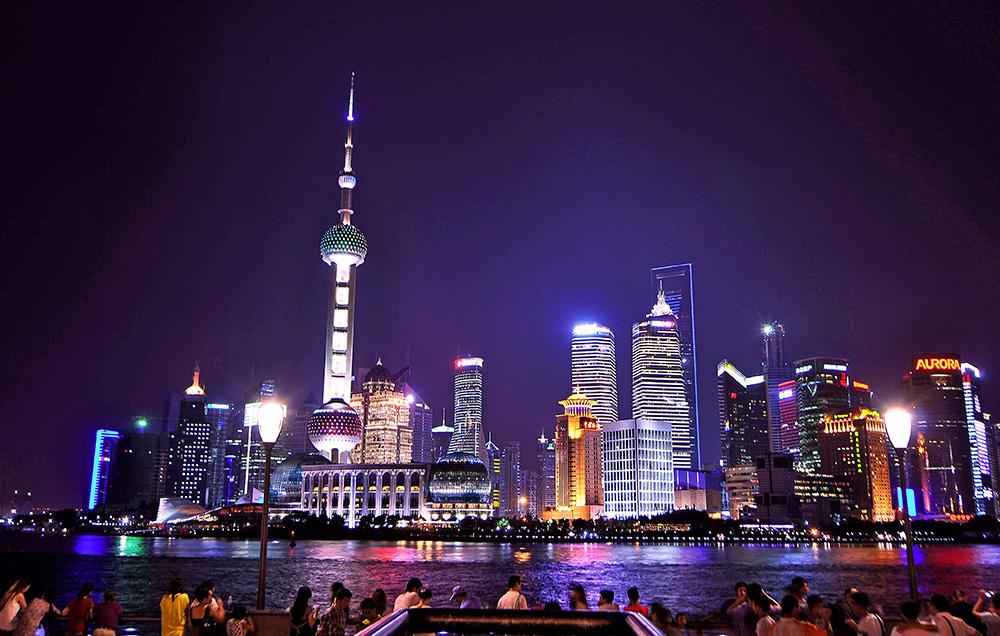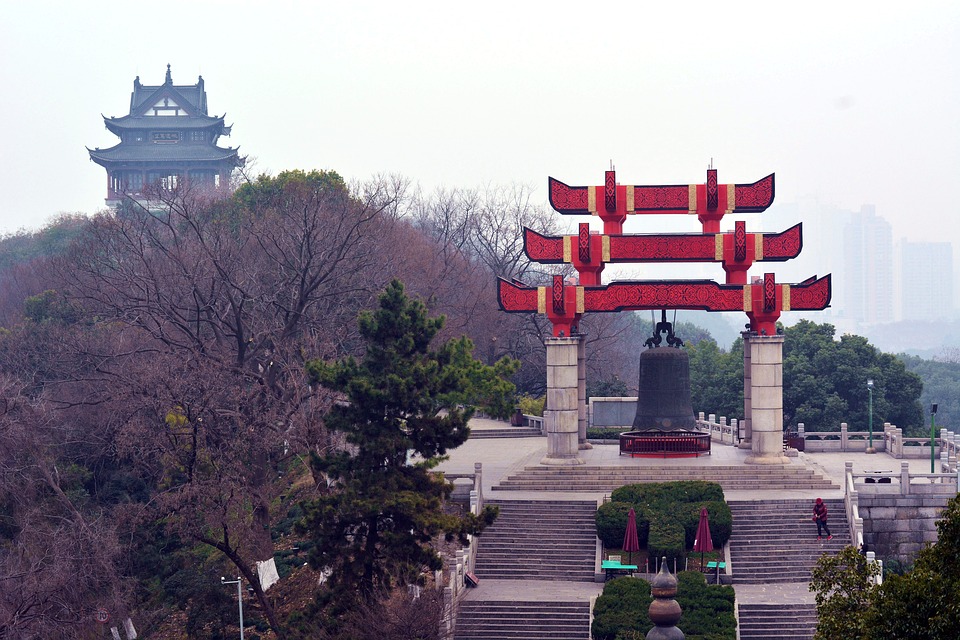
This is a misleading quirk of the way China divides its administrative districts, though, as much of the municipal area of Chongqing is actually rural countryside and cannot reasonably be classified as a city.Ĭhongqing is in central China. When counting the Chongqing population, some people count the wider municipal (administrative) area of 30.1 million people. The population of Chongqing urban area in 2010 was 18,384,000 people. Although it has no official status as a city, with a population of more than 44 million, the Pearl River Delta city is considered by many to be the world’s largest megacity – larger even than the Tokyo megacity.Ĭlick here to read the latest Guangzhou population updates. Guangzhou, along with Shenzhen (China’s seventh largest city), Dongguan (China’s fourteenth largest city) and a number of other smaller cities can be combined to make up the Pearl River Delta megacity. This makes Guangzhou the third largest city in China, and the largest city in the province of Guangdong. Close to Hong Kong, Guangzhou is a major manufacturing city that is home to a large migrant workforce. Within this area, the population of the city proper was 12,700,800 people. The population of Guangzhou’s urban area at the last census in 2010 was 20,800, 654 people.

According to historians, in 1775 it was the first city in the world to reach a population of more than one million peopleĬlick here to read our detailed article on the population of Beijing. The city of Tianjin (number six in our list, below) sits on the coast just to the south of Beijing, acting as the capital city’s port and providing access by sea to the world outside of China.īeijing has always been one of the largest cities in China, if not the world. Sections of the famous Great Wall of China are within easy reach of Beijing, just outside of the city limits.


It is also a major transport hub, home to the largest airport in the world.īeijing is a major cultural and tourist hub, and in its ancient city you will find many beautiful palaces and temples. At the time of the 2010 census the population of Beijing’s urban area was 21,500,000 people.Īs well as being the capital city, home to China’s government, Beijing is a major business hub and is the base of many of China’s largest companies. 2 – Beijing: Population 21,500,000īeijing is the second largest city in China and the third largest city in the world. The city actually has one of the lowest fertility rates in the world, and without internal migration its population would fall over time.Ĭlick here for more information about the population of Shanghai, the largest city in the world. The total Shanghai population has grown rapidly in recent years, but much of this growth has been the result of internal migration within China. The Shanghai Stock Exchange is the world’s third busiest, and the city attracts more foreign investment than any other area in the Asia-Pacific. Today, Shanghai is the largest port city in the world and a major financial centre. It attracted the attention of European colonial powers in the 19th century, and was forced to open itself to foreign trade by the British, who effectively ran the city for much of the next century. Shanghai’s strategic location at the mouth of the Yangtze River meant that the city has for centuries been a major port. The population of Shanghai in 2015 was 24.1 million people, a slight drop from its highest ever population of 24.25 in 2014. Shanghai is not just the largest city in China – it is the largest city in the world. Unless otherwise noted, population figures in this article are from China’s 2010 census. The table at the end of this page also contains a table listing the population of each of the 200 most populous cities in China, including all 145 cities with a population of more than 1 million people. That’s more than 12% of the entire population of China. If the ten biggest cities in China were a country, they would be the eighth largest country in the world. On this page you will find information about the ten largest cities in China which, together, have a total population of 164 million people. Our list of the largest cities in China includes the largest city in the world (Shanghai), 10 cities with a population of more than ten million people (see top ten below), and 145 cities with a population more than one million people (see table below).


 0 kommentar(er)
0 kommentar(er)
